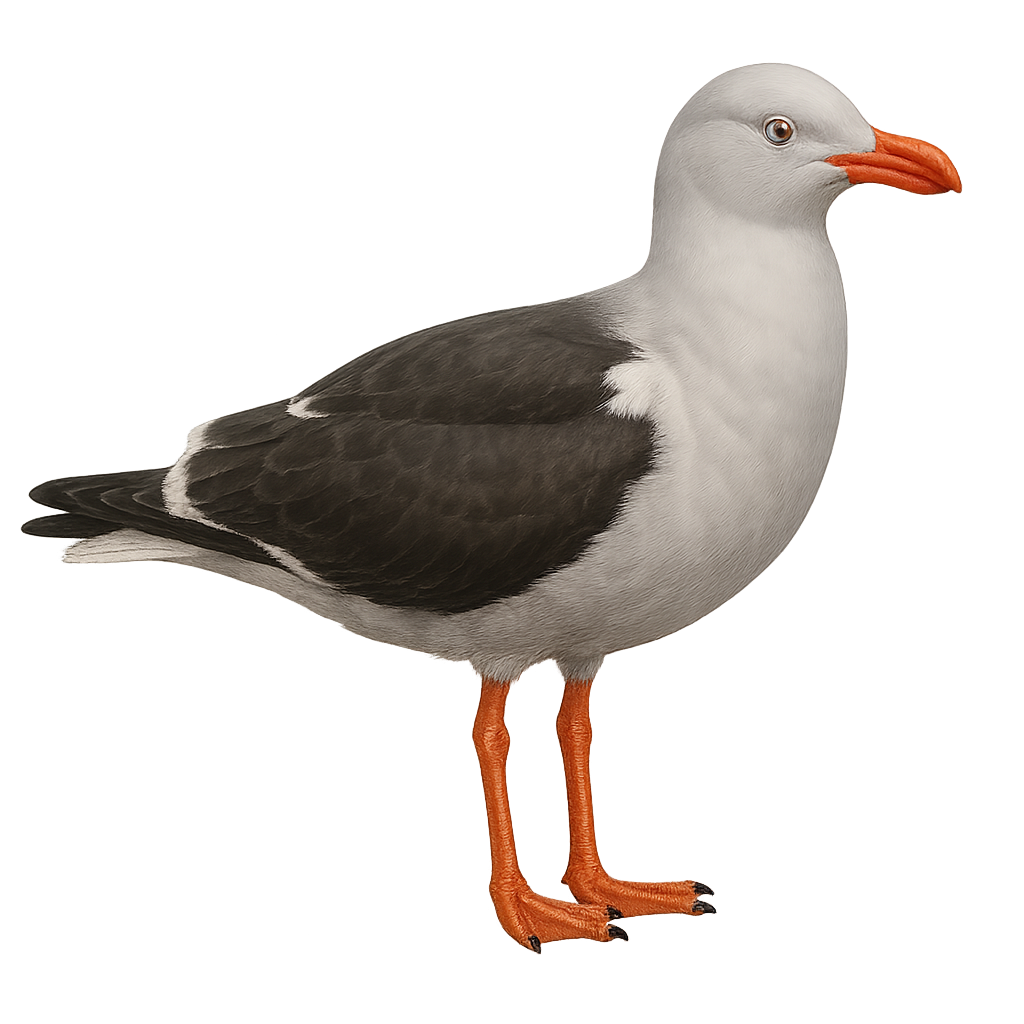Your wildlife photography guide.
Explore the dolphin gull in detail, study its behavior, prepare your shots.
Where to observe and photograph the dolphin gull in the wild
Learn where and when to spot the dolphin gull in the wild, how to identify the species based on distinctive features, and what natural environments it inhabits. The WildlifePhotographer app offers tailored photography tips that reflect the dolphin gull’s behavior, helping you capture better wildlife images. Explore the full species profile for key information including description, habitat, active periods, and approach techniques.
Dolphin Gull
Scientific name: Leucophaeus scoresbii

IUCN Status: Least Concern
Family: LARIDAE
Group: Birds
Sensitivity to human approach: Suspicious
Minimum approach distance: 10 m
Courtship display: October to December
Incubation: 25-27 jours
Hatchings: October to January
Habitat:
Rocky coasts, beaches, estuaries
Activity period :
Primarily active during the day, with peak activity in the morning and late afternoon.
Identification and description:
The Dolphin Gull, scientifically known as Leucophaeus scoresbii, is a medium-sized gull species primarily found along the coastal regions of South America, particularly in Patagonia and the Falkland Islands. It features a predominantly grey plumage with darker shades on the wings and back, while its head is white. This gull is notable for its bright red bill and pinkish legs. Often seen in small groups, it feeds on fish, crustaceans, and marine debris. Known for its opportunistic behavior, it frequently approaches inhabited areas in search of food.
Recommended lens:
400mm – adjust based on distance, desired framing (portrait or habitat), and approach conditions.
Photography tips:
To photograph the Dolphin Gull, it is advisable to use a telephoto lens of at least 400mm to capture detailed images without disturbing the bird. Prefer early morning or late afternoon hours to benefit from soft light and avoid harsh shadows. Be patient and discreet, maintaining a distance of at least 10 m to avoid scaring the bird. Observe its behavior and wait for it to perch on a rock or beach to get interesting shots.
The WildlifePhotographer App is coming soon!
Be the first to explore the best nature spots, track rutting seasons, log your observations, and observe more wildlife.
Already 1 439 wildlife lovers subscribed worldwide

